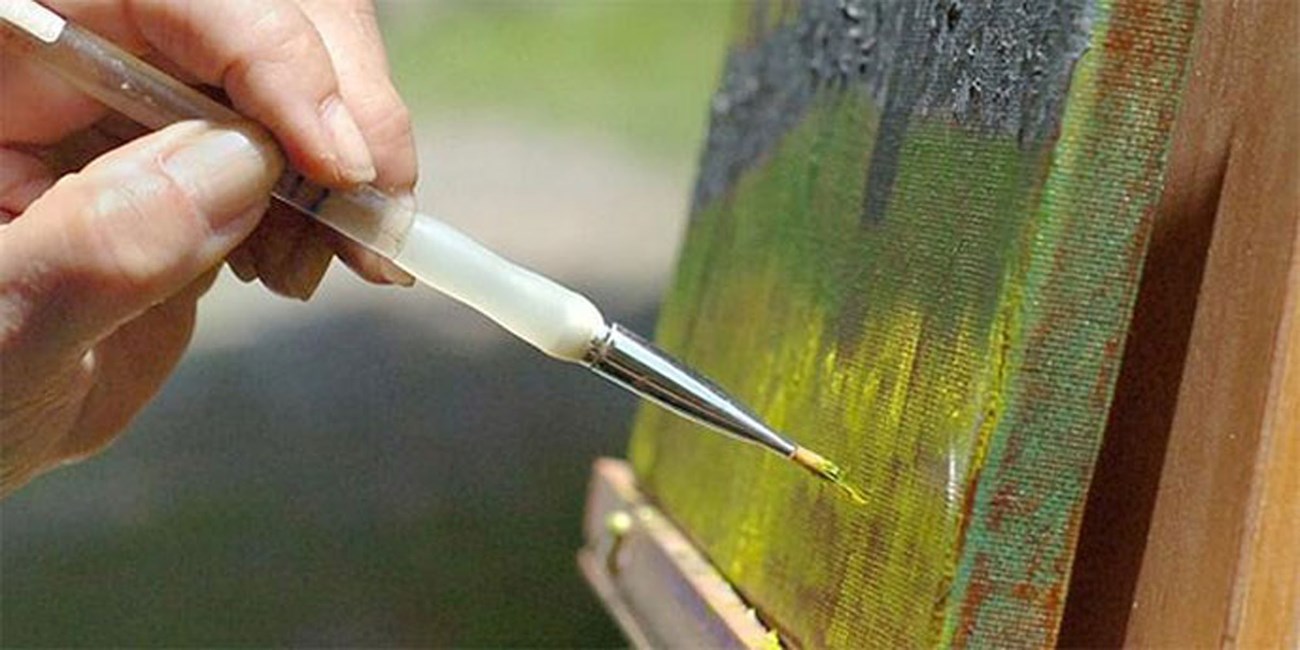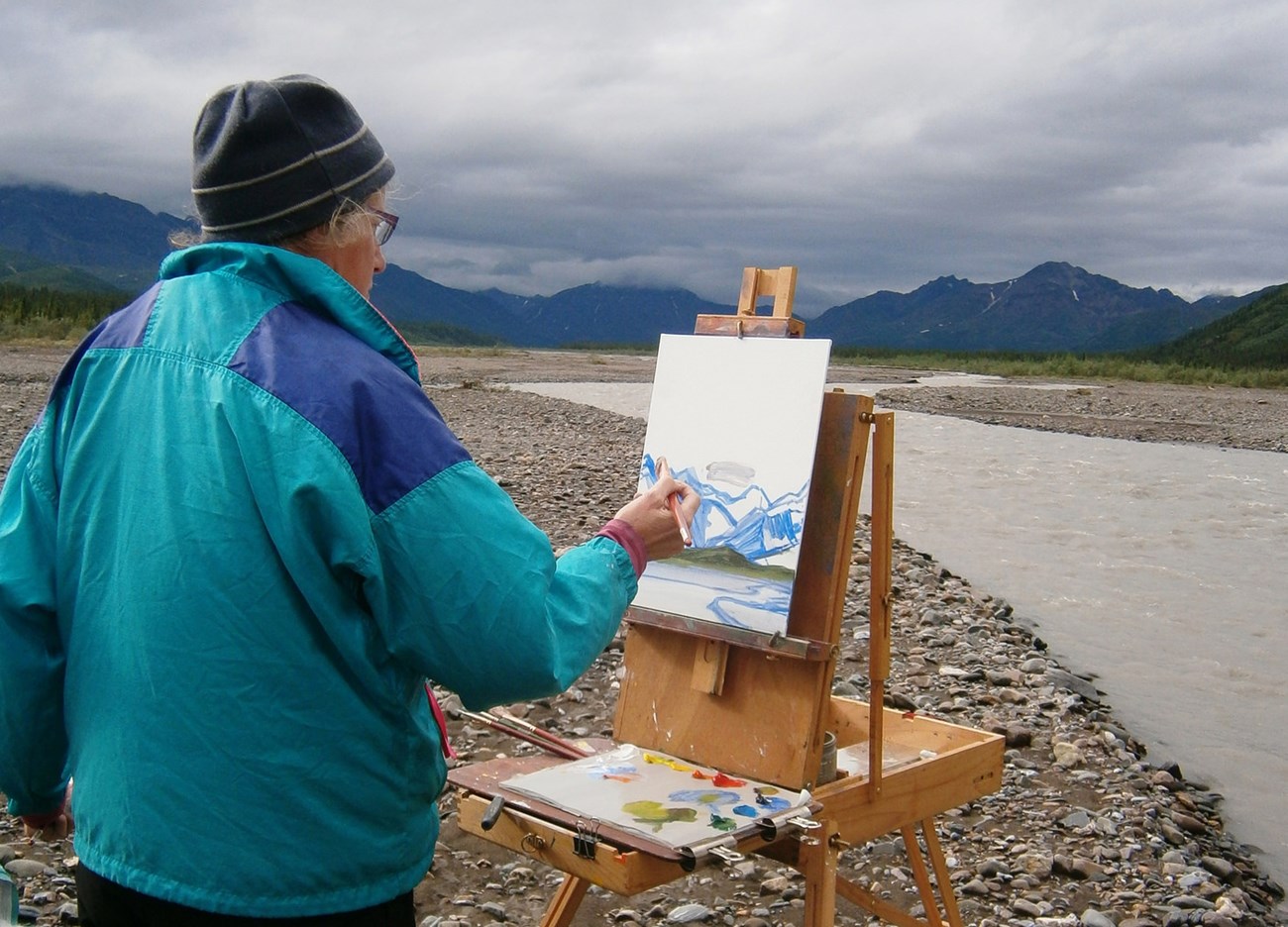Last updated: May 9, 2018
Article
Art & the Conservation Movement

NPS Photo
It took much effort to expand the conservation movement from the dreams of a few avid outdoor enthusiasts to today, where more than 330 million people visit America's national parks each year. People needed to see the natural beauty that foresters and conservationists alike set out to protect to understand the importance of protecting these special places.

NPS Photo
Art played a key role in protecting America’s great scenic places. In the 19th century, the artists of the Hudson River School became famous for their landscape painting depicting vivid trees, calm lakes, and towering mountains. Hudson River School founder Thomas Cole and fellow painters Frederic Church, Sanford Robinson Gifford, Albert Bierstadt, and Thomas Moran set a new standard for landscape painting. Bierstadt and Moran painted many of the West's scenic highlights, including the Rocky and Sierra Nevada mountains, Yellowstone, and the Grand Canyon.
Around the same time, Frederick Law Olmsted emerged as the father of landscape architecture. He designed many iconic parks, including the Golden Gate Park in San Francisco and Central Park in New York, and was active in the early conservation movement.
Through their works, these artists helped popularize a love of nature. The people of the United States began to recognize the beauty and importance of natural spaces, and dozens of national parks were established to protect them.
In the 20th century, photography became more popular as technology progressed and became more accessible. Soon, it became the main art form of the conservation movement. Today, when we think of the relationship between art and conservation, we often think of Ansel Adams, the 20th-century environmentalist and photographer. His works capturing Yosemite National Park and the famous sites of Yellowstone and the Tetons are so deeply loved by the American public that there are galleries dedicated to his work.

NPS Photo
